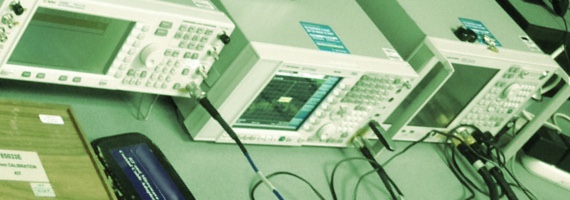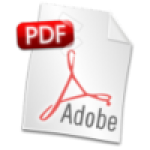10 Hints for Making Successful Noise Figure Measurements
Noise figure is often the key to characterizing a receiver and its ability to detect weak incoming signals in the presence of self-generated noise. The process of reducing noise figure begins with a solid understanding of the uncertainties in your components, subsystems and test setups. Quantifying those unknowns depends on flexible tools that provide accurate, reliable results.

